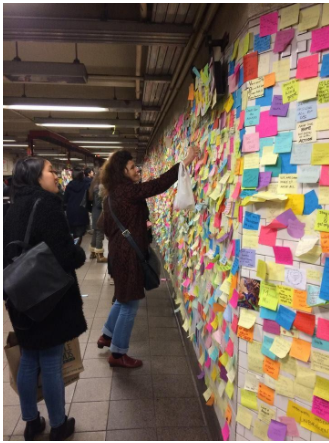

Our Empathy Walls
Source/Author: Adrianne Finley Odell, Assistant Head of School
December 02, 2016
Over Thanksgiving break, I had the wonderful opportunity to travel to New York City with my husband and to meet my daughter in the city while she was free from college classes for a couple of days.
It was a quick trip, just 48 hours, but I felt so fortunate to be able to reconnect with her in New York, to go to the Macy’s Thanksgiving Day Parade, visit the 9-11 memorial for the first time, and see The Color Purple (not a dry eye in the house). We also went to 30 Rockefeller Plaza to visit the TODAY Show—always a New York must for my husband. It was pretty cold… my toes went numb. That was a pinnacle moment, as was each experience during those 48 hours.
One experience that I hadn’t planned on was seeing a “post-it” wall in the Union Square station when we were transferring lines on the subway. I didn’t really understand what I was seeing as I rushed through to transfer lines, until I got back home and Googled it. Apparently, after the election, a construction worker decided to hand out post-it notes to subway passengers. He encouraged them to write down their feelings as “therapy.” After a full day of work, he stood there for four hours handing out post-it notes. While there were hundreds, if not thousands, of messages, this wall spoke of LOVE. Among some of the messages on post-its were, “Love is everything,” “Love wins,” and “Love not Hate, that’s what makes America Great.”
These walls have now popped up across the country and have been dubbed “empathy walls.” In fact, in recent years I learned that Shorecrest students had created their own such wall in a Landy Hall girls bathroom, including messages of encouragement and inspiration for each other—a beautiful expression of the core values of compassion and respect among our students.
As I reflected on the wall of messages in Union Square, I thought about the walls we carry around every day, oftentimes to protect ourselves, and the messages we subconsciously convey. What are the messages we want to communicate? Are they inspiring or belittling? Do they enliven or deplete those around us? Are they messages of love or fear? (I say fear rather than hate, because I believe that what we often describe as hate is more often an expression of fear—usually fear of the unknown.) Are they the messages that we want our children to see and emulate?
Throughout Shorecrest, there is a commitment to the social-emotional health of students and to emphasize empathy in our daily rounds. A recent Charger Chat by Upper School art teacher Aaron Sober is a powerful example of ways we encourage our students to connect to something larger than themselves. Fourth grade students identify environmental challenges in our world through creating projects to address them, and learn to build empathy with an audience to encourage them to make a personal connection to the issue. First and fifth grade students partner with the SPCA to foster better lives for animals that have been rescued from difficult living situations. Members of Tri-M, an Upper School music Honor Society, partnered with the St. Petersburg Free Clinic to brighten the lives of homeless families this past Thanksgiving holiday.
The empathy wall in Union Square and these examples of recent activities of Shorecrest students are great examples of turning empathy into action. Action can be expressed through physical service and it can also be expressed through communication.
Social media has become a haven for self-expression. We all know examples of ways that Instagram, Snapchat, Twitter, Facebook, Pinterest and other social media outlets have been used to foster negativity or inspiration. These, too, are our walls.
As we enter into this extended holiday season it can be a time that is full of joy as we gather together with friends and family and celebrate together. It can also be a time of pain for friends who have lost loved ones, are challenged with stress, anxiety or depression, or are dealing with health issues. This is the time we can use the power of social media to build empathy, perhaps creating our own “empathy walls,” and encouraging our children to do the same.

